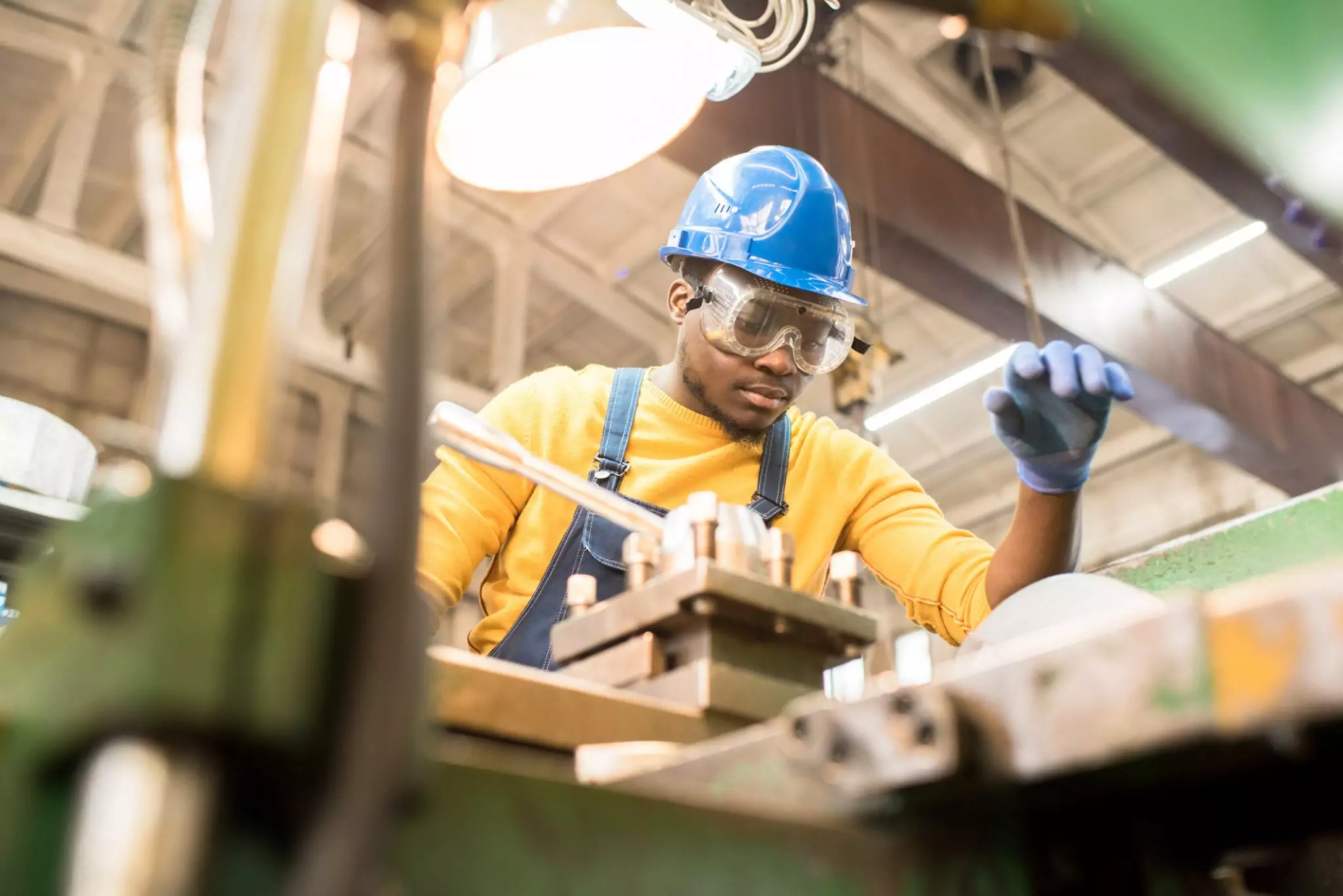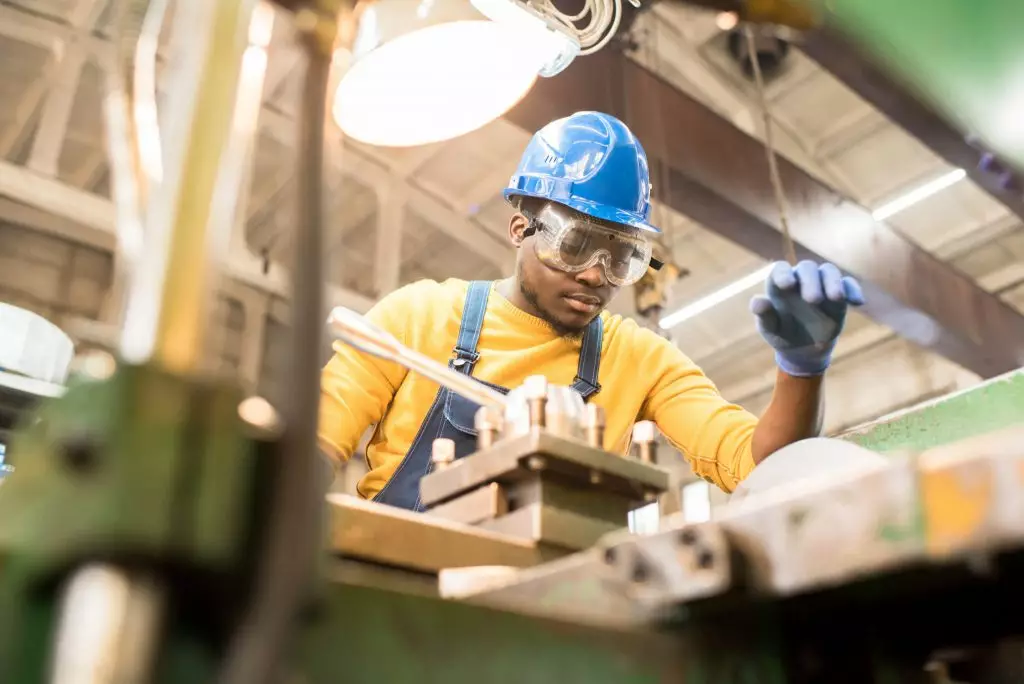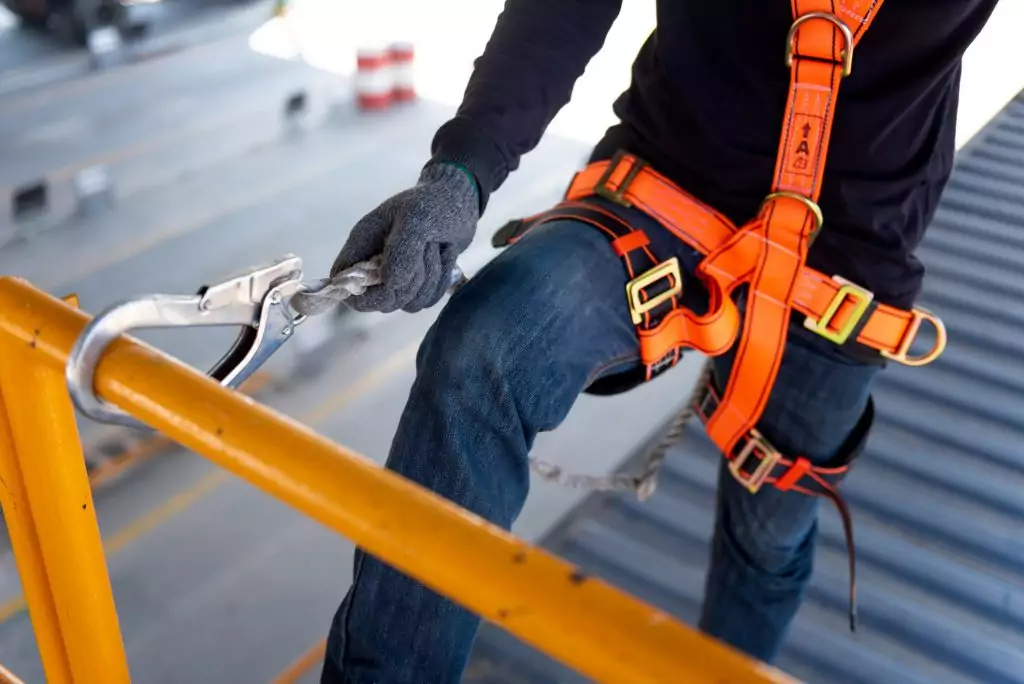Putting Manufacturing Safety Front-and-Center

Why be concerned about manufacturing safety if manufacturing is in decline? As many people know, manufacturing in the US has declined precipitously in the US since WWII, during which the percentage of the nonfarm workforce employed in manufacturing was 38% (source). When the war ended, that figure immediately declined to 30%, and then continued marching downward right up to the present day, when only 8.5% of the nonfarm workforce is employed in manufacturing jobs (source). And although we manufacture a lot more with fewer and fewer resources, the share of the economy as measured by gross domestic product (GDP) that comes from manufacturing has dwindled from 24.3% back in 1970 (source) to a mere 11.3% in 2019 (source). All these indicators do point to a clear and continued decline in manufacturing, but that doesn’t mean manufacturing safety is no longer an issue. After all, there are 12.9 million people employed in manufacturing as of June 2019 (source). How can manufacturing safety be put back into the limelight to protect the health and safety of millions of workers?

Risky Business: Manufacturing Safety Still Matters
Every year in the US more than 300 people are killed in manufacturing jobs, and more than 451,000 suffer serious injury or illness (source). While these figures are clearly much better than the days of decades gone by when there were fewer regulations about workplace safety, they are still unacceptably high.
The problem here is two-fold: People have an overall perception that manufacturing is in decline coupled with a notion that with so many workplace safety regulations and a whole agency for enforcement (OSHA – the Occupational Safety and Health Administration) that no one really needs to pay attention to manufacturing safety. Nothing could be further from the truth! To the extent that people and companies stop paying active attention to workplace safety in manufacturing is the extent to which injuries and fatalities will continue to occur at current or increasing rates.
Tips for Improving Safety in Manufacturing
The good news is that there are lots of things companies can do to give this issue the attention it, and their workers, deserve. Below are all kinds of tips and strategies for boosting manufacturing safety:
- Daily Huddles: Getting a crew of workers together to just talk through what they’ll be working on for the day, including highlighting any special safety precautions for the tasks ahead, does wonders for keeping workers on their toes. Accident rates decline significantly in workplaces that make daily huddles a regular practice.
- Lockout/Tagout: This is a special procedure used when a piece of power equipment or machinery is stopped to address some kind of issue happening with it. The procedure confirms that the power has been totally disconnected and cannot be turned back on while the issue is being addressed.
- Equipment Inspections and Maintenance: This may seem like a no-brainer, but you’d be surprised how often people let it slide, with often disastrous results. Machinery must be thoroughly inspected on a very regular, frequent basis to ensure it is in good working order. It should also be inspected for compliance with all applicable safety regulations and guidelines. The inspection should also ensure that all safety labels and warnings are clear and easily readable for workers.
- Fatigue Mitigation: Accidents and fatalities are much more likely to happen to manufacturing employees putting in long hours over extended shifts in a fast-paced environment. Does your company have fatigue mitigation policies and procedures? If not, now is the time to establish them, because exhausted workers get hurt. Besides a clear policy around frequent breaks, come up with an approved way for workers to notify their supervisor that they’re dangerously tired without being unduly penalized.
- Training Refreshers: Any company that doesn’t conduct regular (at least annual) safety training refreshers is running the risk of higher accident and fatality rates. Preparing for a manufacturing safety refresher training should include assessing the training content to see if it needs updating or changing in any way to be as accurate and effective as possible.
- PPE: Do you workers clearly have all the personal protective equipment (PPE) and gear they need to engage their work safely and protect themselves from accidents and injuries? How often is the PPE gear inspected to make sure it’s still providing effective protection? And what are the clear policies workers know about what PPE they are required to use in their work?
- Emergency Response Protocols: Does your company have clear emergency response protocols for when accidents or hazardous incidents occur? When was the last time your existing protocols were evaluated to make sure they’re still up-to-date with the way work actually happens on a daily basis? The unexpected can occur any time, and it’s up to you to make sure the systems, procedures, and protocols are in place to deal with whatever could happen. Is it time for you company to consider switching to or upgrading safety monitoring technologies?
- Recognition: Employees who take the time to work safely, report any accidents, and notify management of potential hazards that could be avoided or unsafe conditions that need to be addressed, deserve praise and recognition, perhaps even a performance reward or perk of some kind.
- Focus on TSF: A study conducted by insurance company Liberty Mutual found that trips, slips and falls (TSF) are among the top three most common and also most costly workplace injuries. Aisles need to be kept clear, and any spills must be cleaned up immediately, as well as prevented through the use of drip pans and drip guards, and mitigated with well-maintained flooring, including anti-slip flooring.
- Eliminate Fire Hazards: Ensure compliance with all applicable fire safety regulations, and be sure safety training includes how to respond when a fire breaks out.
- Tagging: When a safety manager or supervisor conducts regular observations to monitor safety practices, they should put brightly colored safety tags of different colors on each issue or violation they see. The next worker who sees this tag has to fill it out to note what action was taken to address the safety issue, as well as how it will be avoided in the future. This keeps everyone actively engaged in addressing safety issues.
The Benefits of Boosting Safety
There shouldn’t have to be any reason needed to boost manufacturing safety than the simple humanitarian concern for the health and safety of employees. Having said that, there are some clear business benefits to putting workplace safety front-and-center:
- Worker Morale: Safety training and procedures sends a positive signal to workers that their employer values them and their safety enough to conduct ongoing trainings, which can boost morale and, in turn, worker productivity.
- Worker Productivity: Companies that give workplace safety the attention it deserves experience an astonishing 50% fewer lost workdays, which is very good for the company’s bottom line.
- Machinery Productivity: When equipment and machinery is properly inspected and maintained, you’ll experience fewer breakdowns that interrupt and reduce productivity. It always takes less time to properly maintain machinery than it does to fix it when it breaks.
Manufacturing safety may seem like a blasé topic to many people given that manufacturing is in such a state of decline and there is already a huge number of regulations and best practices out there to address safety concerns. And yet far too many people are dying or getting injured on the job. Is your company doing its part to keep workers safe?
